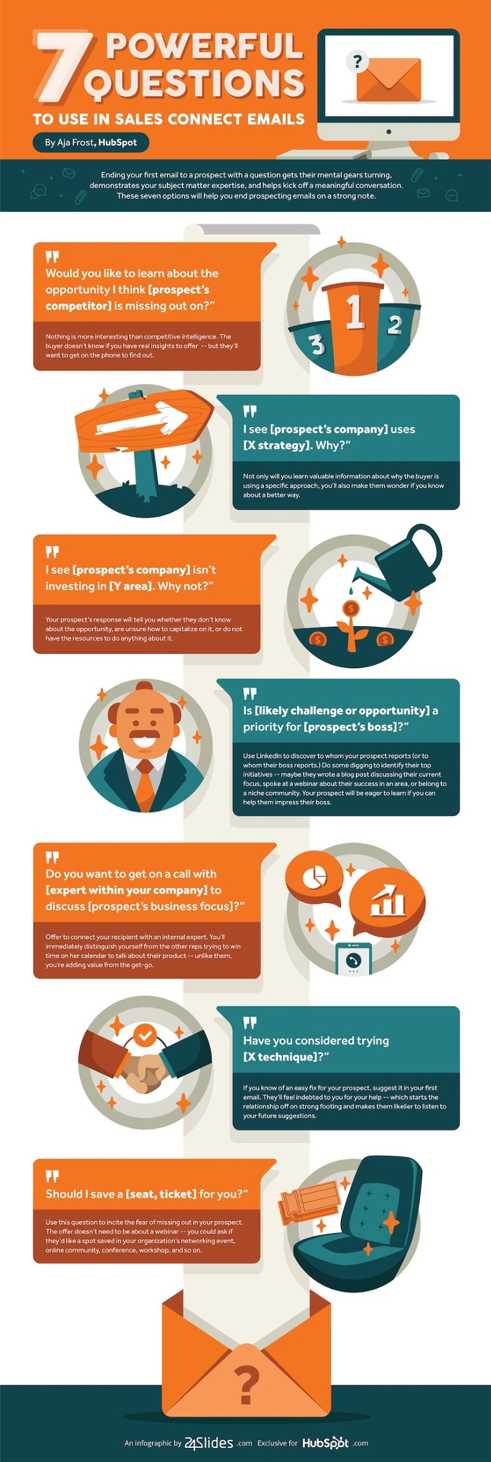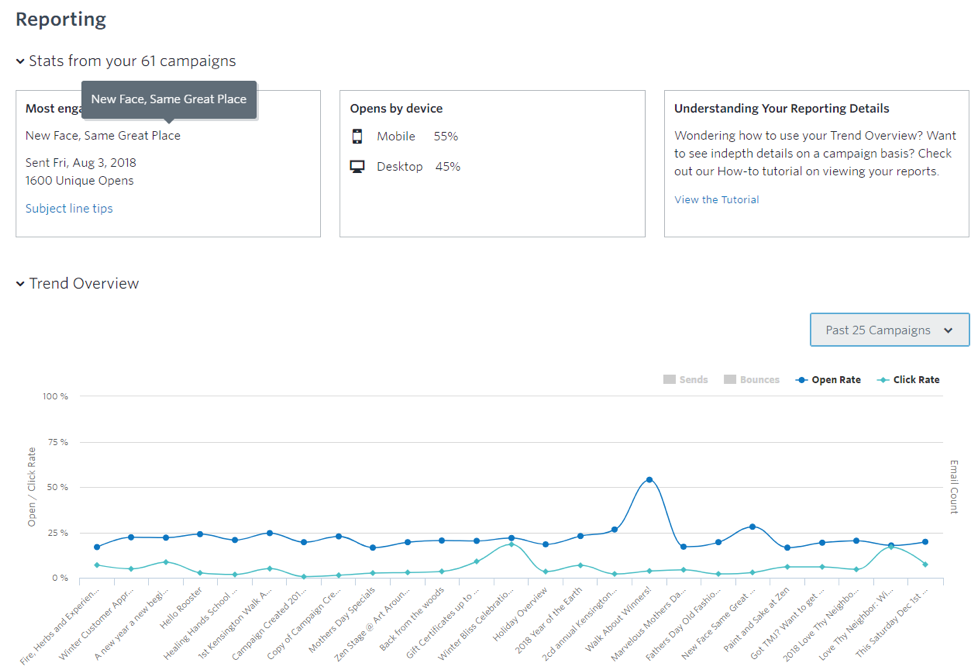How to Overcome 5 Fears of Cold Emails

How to Overcome 5 Fears of Cold Emails
Contributed ContentEmail is a great way to reach potential customers, but it can be daunting to send that first cold email. Although there are certainly challenges with this marketing and sales channel, there are also strategies that can help you get the attention of recipients and turn a cold contact into a lead.
Cold calling used to be the bane of every salesperson’s existence, but thanks to technology, it’s been replaced with a new headache: cold emails.
Sending an email to a potential prospect can seem like a huge waste of time if you get no response. It’s easy to put up a mental block against email as a sales tool unless you know how to use it effectively.
Here, we’ll look at some of the fears you might have in regards to cold emails, as well as how you can get past these fears to increase leads.
1. Emailing People Who Don’t Want to Be Bothered
This is an understandable concern, particularly if you have a list of email addresses that you bought somewhere online. These days, it doesn’t take much to end up in the spam folder, and the best way to get there is to email people who don’t want to hear from you.
Add to that a growing obsession with consumer privacy, and it’s no wonder you’re a little afraid to send emails. You don’t want to be fined for sending the wrong person an email from your brand.
How to Overcome This Fear
It’s simple, really: Only email people who want to hear from you.
They’ve indicated this by supplying their email address on your website, maybe to get a free coupon or download an e-book. Or maybe they’ve purchased from you before and checked the box to subscribe to your emails in the checkout process.
However they’ve done so, there has been an opt-in action that indicates that it’s okay for you to email these people.
You’re not bothering people who choose to hear from you.
2. Getting Routed to the Spam Folder
These days, more than 20% of business emails end up in the Spam folder. All that hard work you’ve put in to craft a marketing message can be for naught if you fall into this statistic.
Email providers are getting pickier about what they send to the inbox versus spam, so it’s incredibly important that you follow their (unspoken) rules to ensure your emails make it to their destination.
How to Overcome This Fear
The easiest thing to do is to use a business email address for all business communications rather than a generic Gmail- or Hotmail-type email. This not only tells email providers that you’re legitimate, but it also reduces the instances of the recipient sending your email to spam because they’ll recognize your business name in the email address.
Beyond that, don’t use all caps in your subject line, and don’t go overboard with exclamation marks.
Avoid words such as “free,” “amazing,” “order now,” etc. in your subject line, and you have a better chance of making it to the Inbox.
3. Getting Sent to the Promotions Tab
Gmail has complicated email marketing by organizing emails in a user’s inbox into Primary, Social, and Promotions tabs.
For many businesses, their emails end up in that Promotions tab, which users check less frequently.
How to Overcome This Fear
A lot of the tips to stay out of the Promotions tab are similar to tips on avoiding the spam folder. Keep your emails from being overly promotional, and go easy on the images and links. Make sure you have an “Unsubscribe” link in the email’s footer.
You can also ask subscribers to whitelist you, with instructions on how to do it (They can hover over the sender’s name and click “add to contacts” or simply drag your email to their Primary tab.).
4. Being Ignored
You send your cold emails and wait, hoping to hear back. For the majority of the emails you send, you’ll get no response.
That seems like a huge waste of time, doesn’t it?
How to Overcome This Fear
Be more effective with the emails you send by personalizing them.
Rather than copying and pasting an email you send to dozens (or hundreds) of people, customize each one. Start by knowing who you’re addressing. Get a first name at the very least.
Don’t make the email all about your brand. Talk about the contact’s pain points, and briefly outline how your brand can solve them.
Keep the first email brief. You’re just looking to introduce yourself. If you pique the recipient’s interest, you can provide more details in following emails.
Ask a few questions (use the infographic below as inspiration) to gauge your recipient’s needs that you can fill.

Source: HubSpot
According to HubSpot, 7 powerful questions to use in sales emails are:
- “Would you like to learn about the opportunity I think [prospect’s competitor] is missing out on?”
- “I see [prospect’s company] uses [X strategy]. Why?”
- “I see [prospect’s company] isn’t investing in [Y area]. Why not?”
- “Is [likely challenge or opportunity] a priority for [prospect’s boss]?”
- “Do you want to get on a call with [expert within your company] to discuss [prospect’s business focus]?”
- “Have you considered trying [X technique]?”
- “Should I save a [seat, ticket] for you?”
Being personalized in this way can help prevent you from being ignored.
5. Your Email Won’t Get Opened at All
Worse than being ignored once prospects have opened your email is being deleted before you’ve even had a chance to make your case.
You can see by your email’s open rate how many people are actually opening what you send.

If the number is lower than you’d like, take steps to remedy the situation.
How to Overcome This Fear
Spend more time than you think you need to on crafting your subject line. Keep it under 50 characters.
Boil the subject down to the benefit the recipients will receive if they open your email. Stir curiosity so that they will be more inclined to open it.
Turn Cold Emails Warm
The concept of a cold email indicates that you’ve had zero contact with the recipient, and with privacy regulations demanding it these days, that simply shouldn’t happen. Because people have agreed to get emails from you, you have at least a minimal foot in the door.
When you have that level of contact, your email becomes warm, and it’s easier to connect with the recipient through a well-crafted, personalized email. Focus on how you can deliver value to the recipient, not what’s great about your company, and you should see an improvement in your success rate with sales emails.
